“Hire this young man. Signed: Juan Manuel Fangio”. It was with a letter of recommendation like this, signed by a Formula 1 legend, and a bag full of desire, that a young Argentinian named Horacio Pagani headed to Italy to make a dream come true: to work for a great brand in automobiles.
As we well know, Horacio Pagani achieved this and much more. With a career closely linked to Lamborghini, Horacio Pagani not only worked for a great brand, he founded a brand with his own name: Pagani Automobili S.p.A.
Today, Pagani is a true showcase of dreams. A showcase that Razão Automóvel, through its YouTube channel, could not miss at the 2018 Geneva Motor Show.
But this article isn't about the fantastic Pagani Huayra Roadster, it's about the story of Horacio Pagani.
A story that began in the small town of Casilda (Argentina) and continues to this day in the beautiful city of Modena (Italy). And as with any good story, there are plenty of fantastic moments to tell in a long article, even a very long one. So… Microwave the popcorn guys!
Note: “Microwave popcorn”, this is for you Bruno Costa (one of AR's most attentive readers on Facebook)!
How it all began
Horacio Pagani was born on November 10, 1955, in Argentina. Unlike the big names in the car industry like Enzo Ferrari, Armand Peugeot, Ferrucio Lamborghini or Karl Benz — the list could go on but the article is already too long — Horacio Pagani's origins are humble.
Pagani was the son of an Argentine baker, and from an early age he showed a special taste for automobiles.
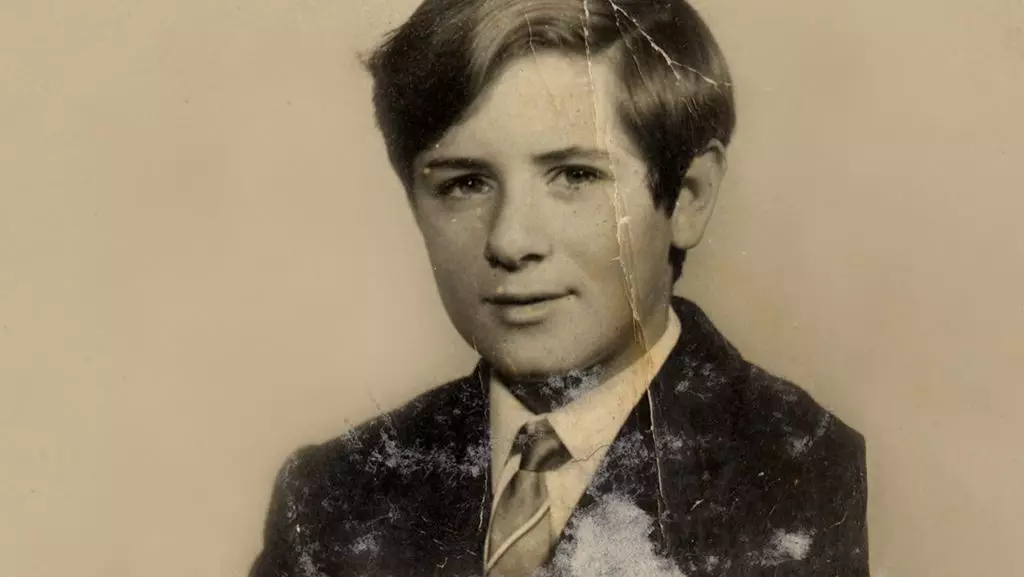
Unlike most children, who I imagine divided their time between football games and other activities — like ringing bells, throwing stones at rivals in the 6C class and other such mishaps… whoever, whoever! Horacio Pagani spent “hours on end” in Tito Ispani's studio, where planes and ships were manufactured and molded to scale.
It was in this studio that Horacio Pagani began to take his first steps in the art of manipulating materials, and to give material form to what was in his imagination. An obsession that, as we all know, lasts until today.
He was not yet 10 years old, and little Horacio Pagani was already saying that his dream was to have his cars exhibited in international salons.
I can even imagine his schoolmates, with their knees all bruised and foreheads sweating, looking at him and thinking: “this boy doesn't hit well… Let's give him a graft of badass”. Let's go! Of course this must not have happened.
But even if it happened, that wasn't what stopped the young Pagani from pursuing his dream and continuing to perfect his technique through miniatures. Miniatures than those that were true antechambers of what was to come.

Horacio Pagani was also a great admirer of Leonardo da Vinci—another admiration that must have earned him a few bruises during school breaks. But leaving bullying aside and returning to the facts of our history, the truth is that Horacio Pagani shared with this genius of the renaissance the belief that “art and science can go hand in hand”.
Looking at Horacio Pagani's companies and intellect, it is not surprising that in 1970, at the age of 15, Pagani began to increase the complexity of his projects.
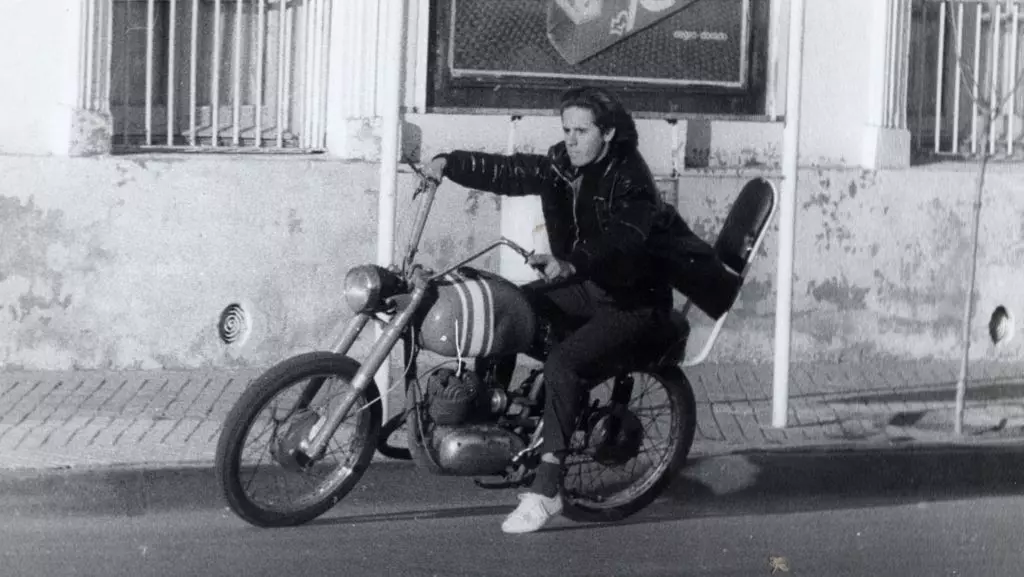
The initial project involved a kart, but given the scarcity of resources, they chose to build two motorcycles, so none could be “on foot”. Just two years later, in 1972, the first car with the signature of Horacio Pagani was born: a fiberglass buggy built on the basis of a Renault Dauphine.
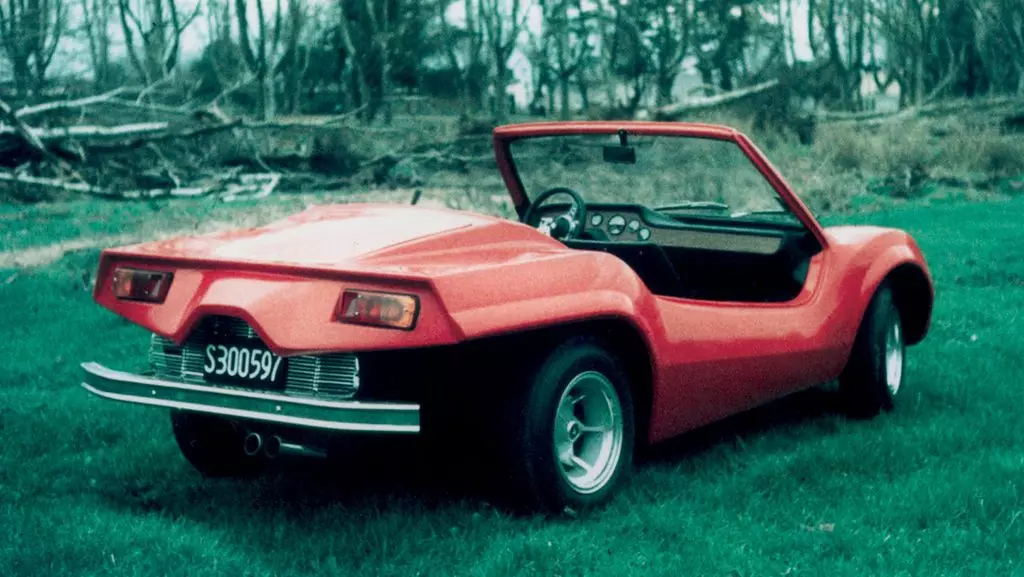
Horacio Pagani wanted more
It was at a glance that the fame of being skillful spread through the city of Casilda, Argentina. Then it began to rain orders for bodywork and cargo box for commercial vehicles at Horacio Pagani's house. But for the young Pagani, being skilled was not enough. In fact, it was far from enough!
See gallery:
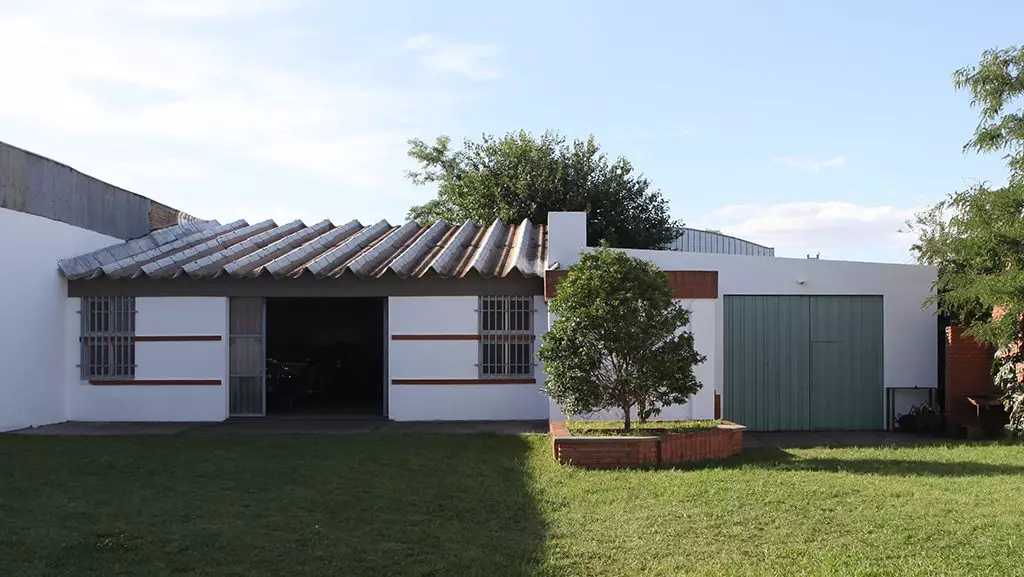
It was in this space that Horacio Pagani embodied his first more serious projects.
Horacio Pagani wanted to be more than a mere skill, he wanted to master the materials and technique. And that's why he enrolled in an industrial design course at the Universidad Nacional de La Plata in Buenos Aires. He finished the course in 1974 and the following year he enrolled in another course, at the Universidad Nacional de Rosario, to take a degree in mechanical engineering.
seize the opportunity
He had not yet finished the course in mechanical engineering when, in 1978, Pagani received his first invitation «to serie». An invitation from Oreste Berta, Argentina's Formula 2 technical director, to help design and build a Renault single-seater. Pagani was just 23 years old.
The young Pagani had a small hurdle however… he had never seen a Formula 2 car in his life! I haven't worked on a project of that size either...

It is on these occasions that ordinary men of geniuses like Horacio Pagani are distinguished. The Argentine managed to develop a single-seater from scratch, using only technical manuals, the indications of Oreste Berta and some single-seaters that he had access to.
Legend has it that more than 70% of the monocoque's components were handcrafted by Horacio Pagani himself.
It was then that the "key" moment in Horacio Pagani's career occurred. Oreste Berta was a friend of one… Juan Manuel Fangio, five-time Formula 1 world champion! It is said that Fangio was so impressed by Horacio's talent that a friendship for life was born right there. Geniuses understand each other…
the big change
By this time, Argentina was too small for Horacio Pagani's talent and ambition. Hence, in 1982, Horacio decided to come to Europe, more specifically to Italy, the nation of supercars.
In his luggage he had a powerful weapon. Nothing more, nothing less than five letters of recommendation signed by Juan Manuel Fangio, addressed to the most important men in the Italian automobile industry.
Among them, Enzo Ferrari himself, founder of the "rampant horse" brand, and Giulio Alfieri, one of the most prominent engineers in the Italian automobile industry (with a long history at Maserati and Lamborghini).
Enzo Ferrari didn't even want to know about Horacio Pagani, but Lamborghini said: hired!
In 1984, Horacio Pagani was already leading the Lamborghini Countach Evoluzione project, the first supercar in history with carbon fiber panels. Compared to the production model, the Countach Evoluzione weighed 500 kg less and took 0.4 seconds less than 0-100 km/h.
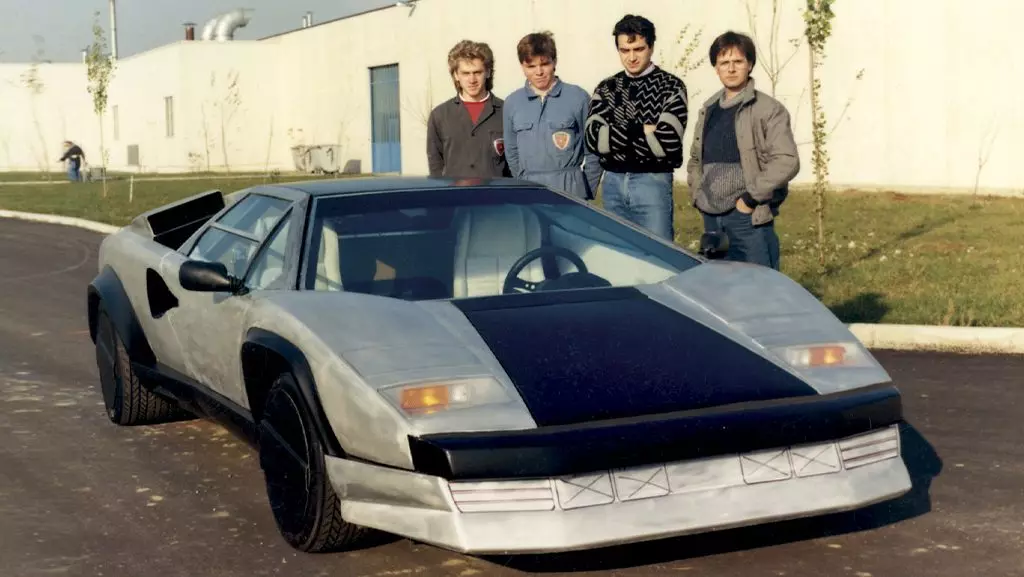
Horacio Pagani had achieved in just six years more than many engineers had achieved in their entire career. But it didn't stop here...
Horacio Pagani. a misunderstood genius
The big problem with geniuses? It's just that sometimes they are too far ahead in time. And the Countach Evoluzione, with all its carbon fiber, was too far ahead in time — at least for Lamborghini. A breakthrough that represented the beginning and the "beginning of the end" of Pagani's career at Lamborghini. We'll understand why…
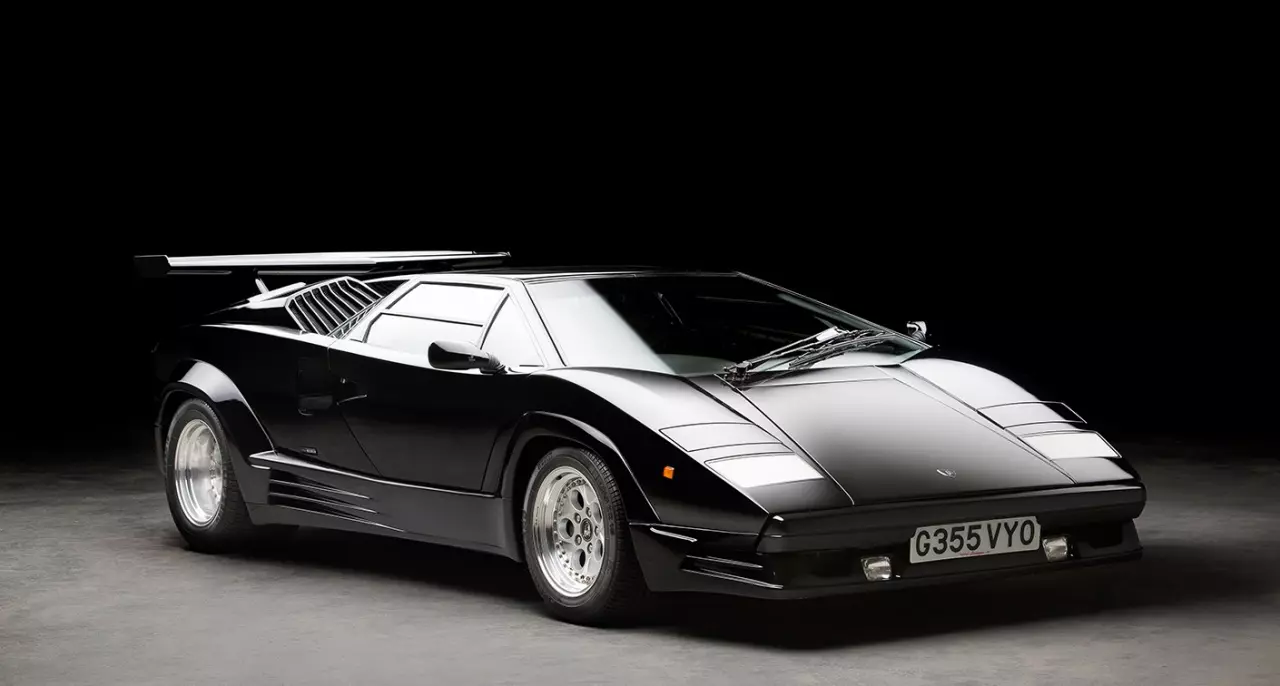
Despite the success of the Countach Evoluzione project, Lamborghini management did not give much credit to the use of carbon fiber. Pagani believed that this was the material that was going to shape the future of supercars and Lamborghini…well, Lamborghini didn't.
If Ferrari doesn't use carbon fiber. Why should we use it?
Now that we know the answer, this argument is laughable. But Horacio Pagani did not laugh. Horacio Pagani's belief in the potential of carbon fiber was so great that, faced with the "denial" of Lamborghini's management, he decided, at her own peril and risk, to go to the bank, apply for credit and buy an autoclave — a high-pressure oven. that serves to cure the carbon fiber and finish the process that makes this material so light and resistant.
Without this autoclave, Horacio Pagani would never have been able to build the Countach Evoluzione for Lamborghini.
The Lamborghini "Melon"
Lamborghini was wrong. And they only had to wait until 1987 to realize how wrong they were. Year in which Ferrari introduced the F40. A supercar built using… carbon fiber! For many, the ultimate supercar in history.
I don't even want to imagine the "melon" of the management of Lamborghini when they saw the Ferrari F40…
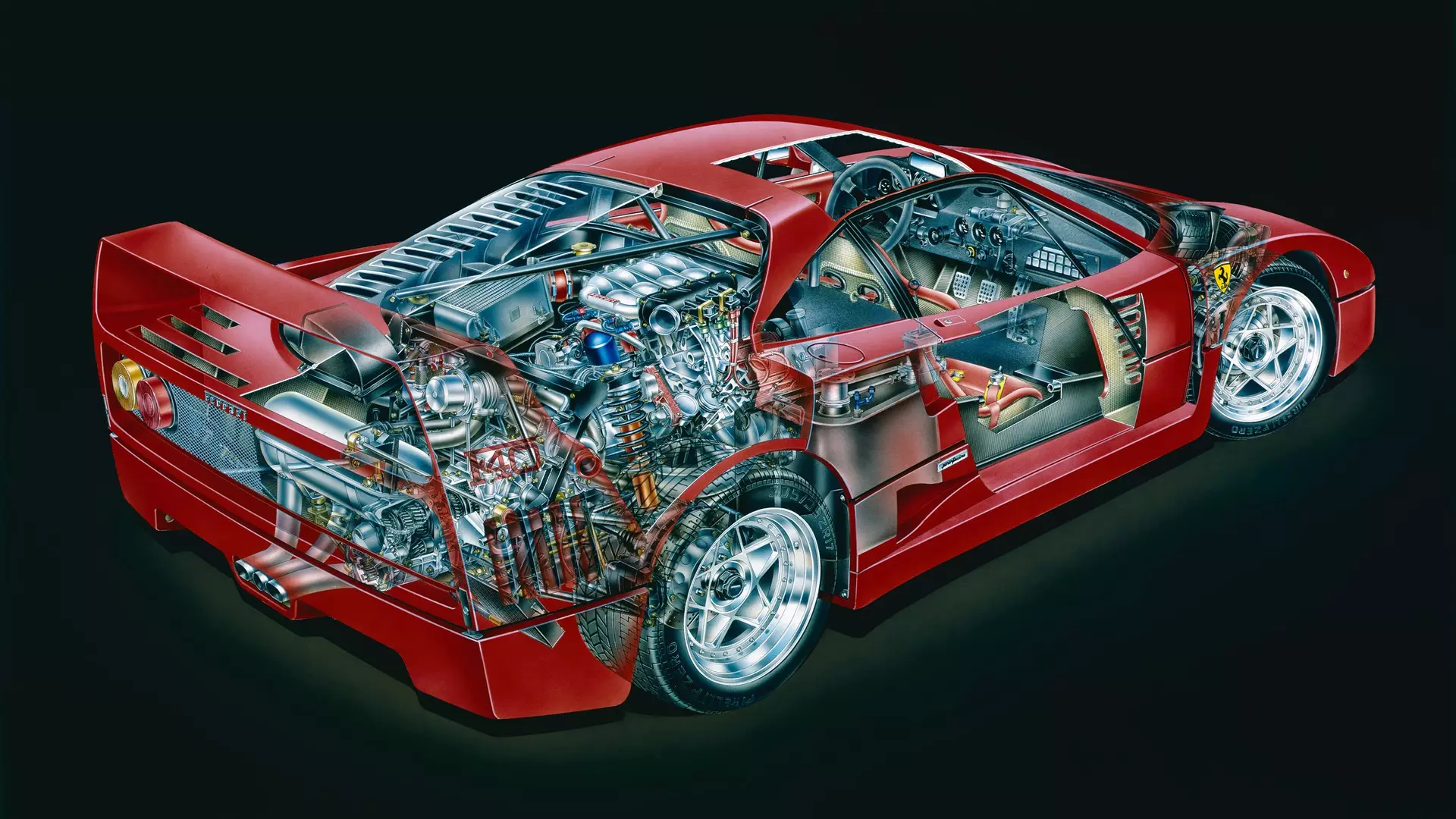
And how different history could have been if Lamborghini had bet on this solution before Ferrari. In fact, we'll never know…
After this “white glove plate”, naturally the Countach's successor was already resorting to carbon fiber — they learned from their mistakes.
In 1990 the Lamborghini Diablo was introduced and shortly thereafter, Horacio Pagani definitively abandoned the Italian brand. With him, he took the autoclave that Lamborghini once thought was a waste of money.
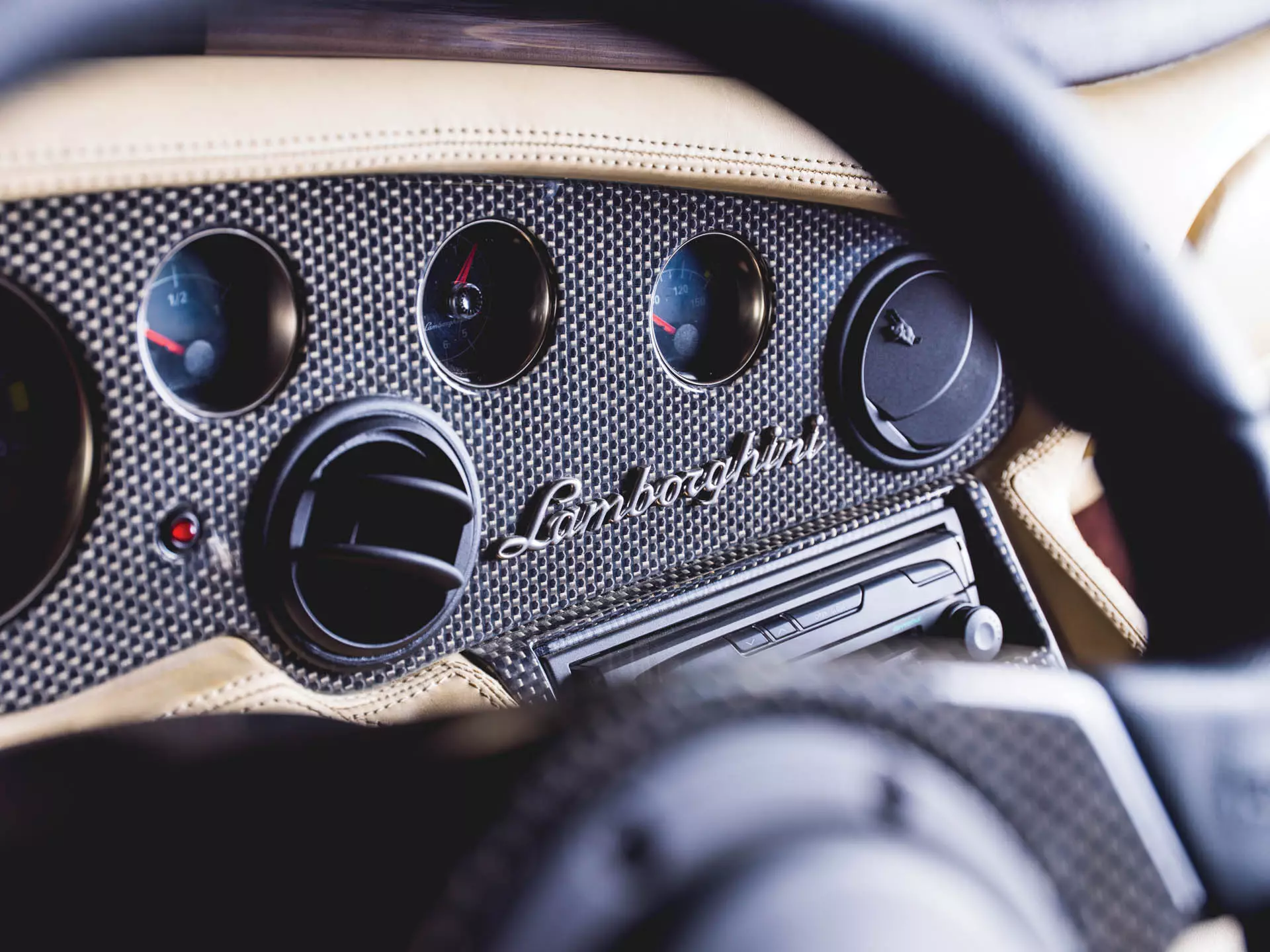
Without Horacio Pagani's autoclave, Lamborghini had to buy another to continue manufacturing carbon components. No comments…
The birth of a new brand
Horacio Pagani has long been known in the automotive industry as a genius in handling materials. With this statutory credit, in 1991 he moved to Modena and opened his own composite materials development and production company, Modena Design.
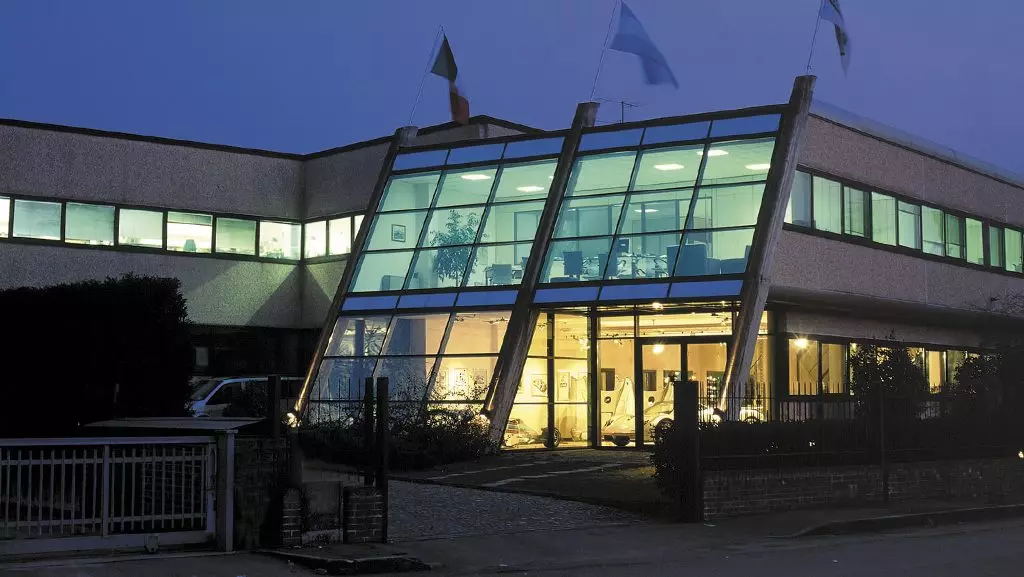
Shortly thereafter, Modena Design had no hands to measure for so many orders for carbon components.
This search gave Horacio Pagani the financial muscle and confidence to take the final step: founding his own car brand. Thus was born Pagani Automobili S.p.A in 1992.
Fangio again. Fangio always!
The development of the first Pagani took seven years and, once again, Juan Manuel Fangio was essential to Horacio Pagani's success. It was Juan Manuel Fangio who convinced the “baker's son” to opt for Mercedes-Benz engines and who convinced the German brand to take part in this dazzling adventure.
In 1999 the Zonda C12 was presented at the Geneva Motor Show, a supercar that was a true ode to cutting-edge engineering, design and carbon fiber.
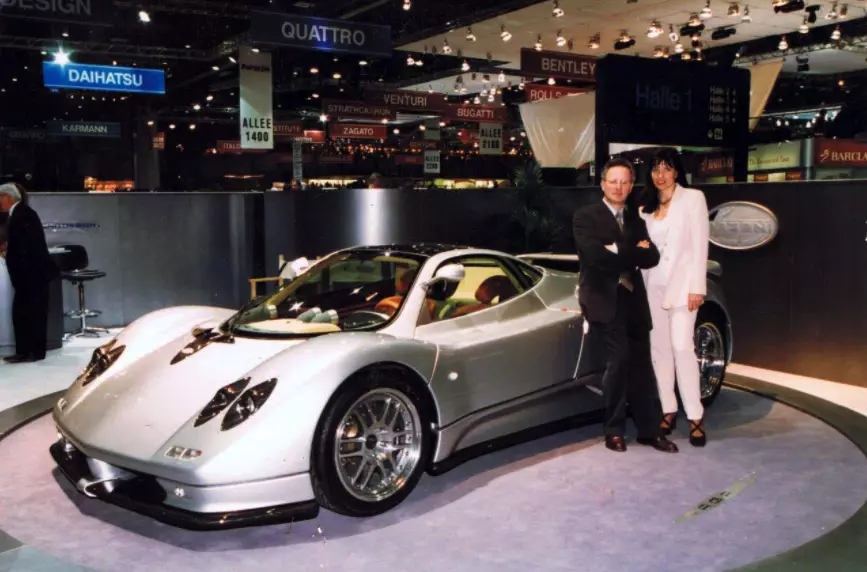
In the first generation, the Pagani Zonda had 394 hp from a 6.0 liter V12 atmospheric engine developed by Mercedes-Benz. Enough to reach 0-100 km/h in just 4.2 seconds. In total, only five copies of the Zonda C12 were manufactured.
Thanks to the constant evolution of the model — of which less than 150 units were manufactured in different versions — the Zonda remained in operation until 2011, when its last evolution was launched: the Zonda R. A model developed exclusively for the circuit ( not for racing…), equipped with the same 750 hp six-liter V12 that we found in the Mercedes-Benz CLK GTR.
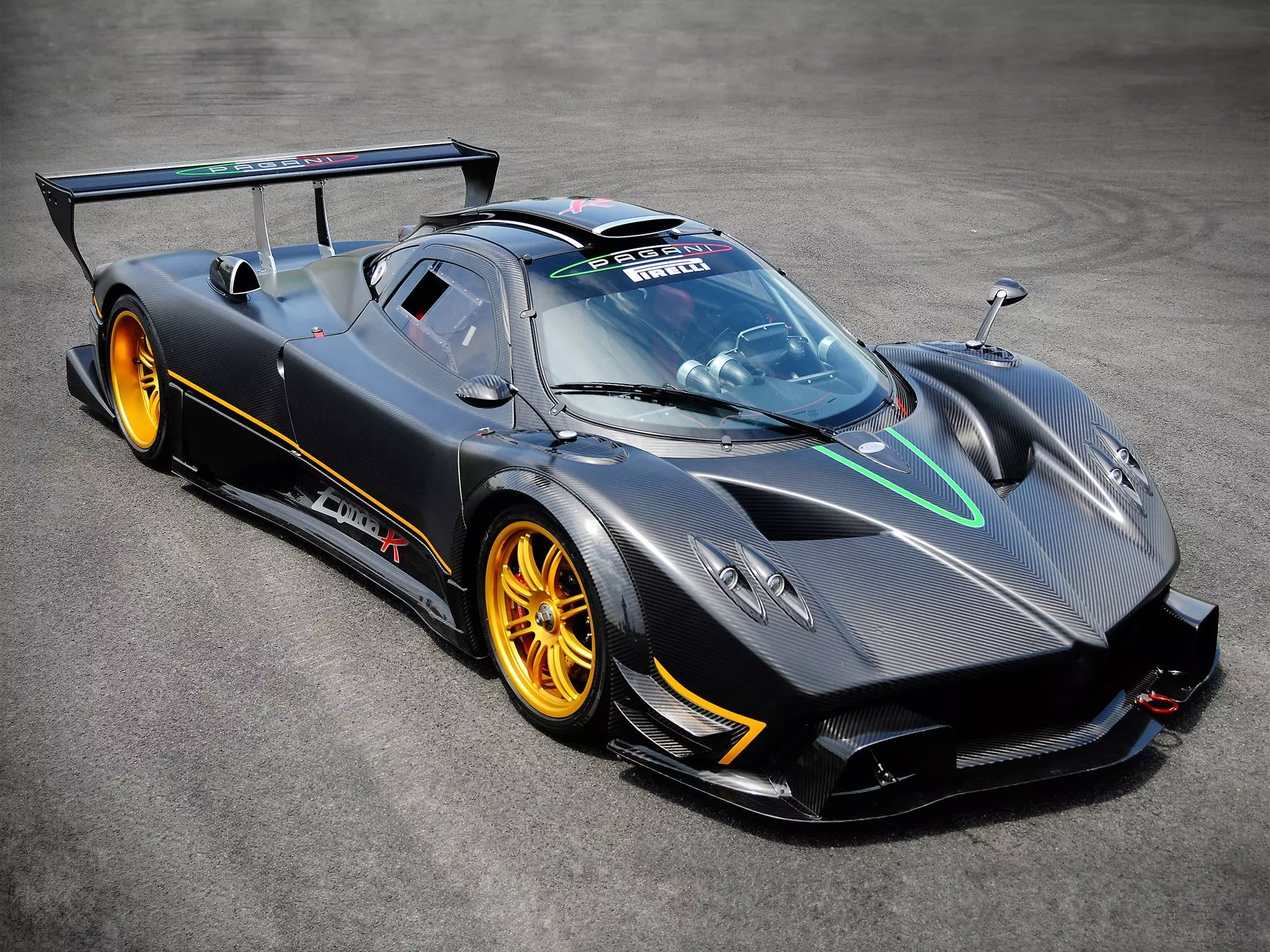
The story continues…
Today, the ultimate expression of Pagani is Huayra. A model that I insist on playing and enjoying for long minutes (sometimes longer…), in every edition of the Geneva Motor Show. It's been like this for five years.
I forget about the articles I have to write, the interviews I have scheduled, the photographs I have to take and I just stand there… just looking at him.
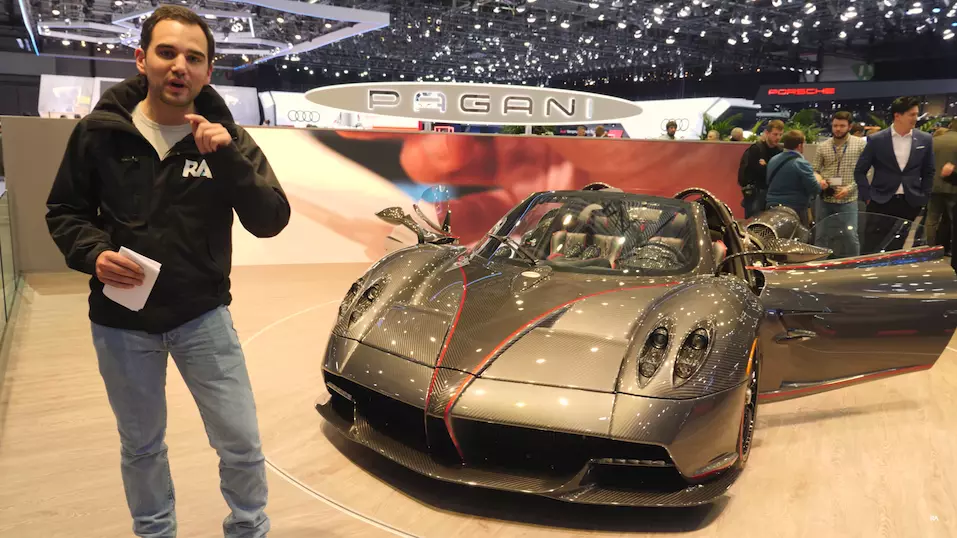
I have no words to describe what I feel when contemplating Horacio Pagani's most recent “masterpiece”.
The first time I saw Huayra I wrote this article , which, however, is already pointing out the passage of time — the formatting is a disgrace, I know. Don't forget it's been 5 years and we've changed our site!
As for the autoclave that Horacio Pagani brought from Lamborghini… it's still at Pagani's service today! Horacio Pagani had no money, but he had passion, talent and willpower on his side. The result is in sight.
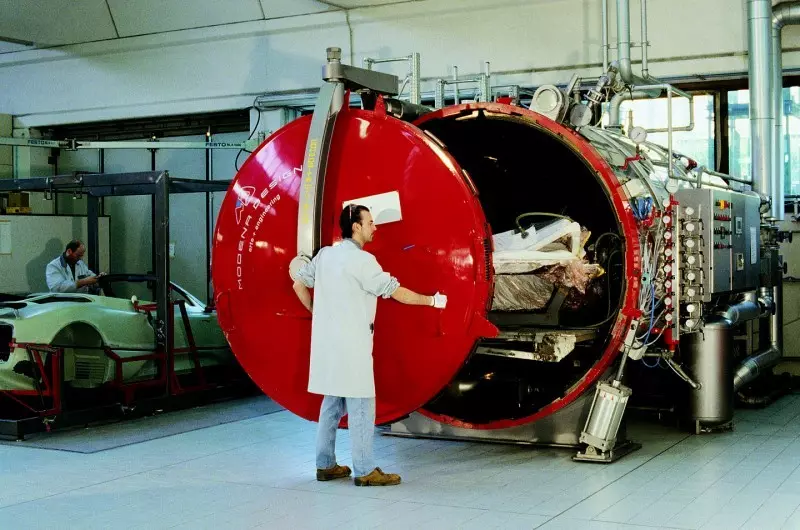
Without wanting to measure forces with the brilliance and genius of Horacio Pagani, the history of Razão Automóvel has also been written using the same ingredients: passion, some talent and a lot of willpower.
Do you want to support us? Subscribe to our “autoclave” (click here) and share this article on social media. It's just a click away for you, but for us it makes all the difference.
